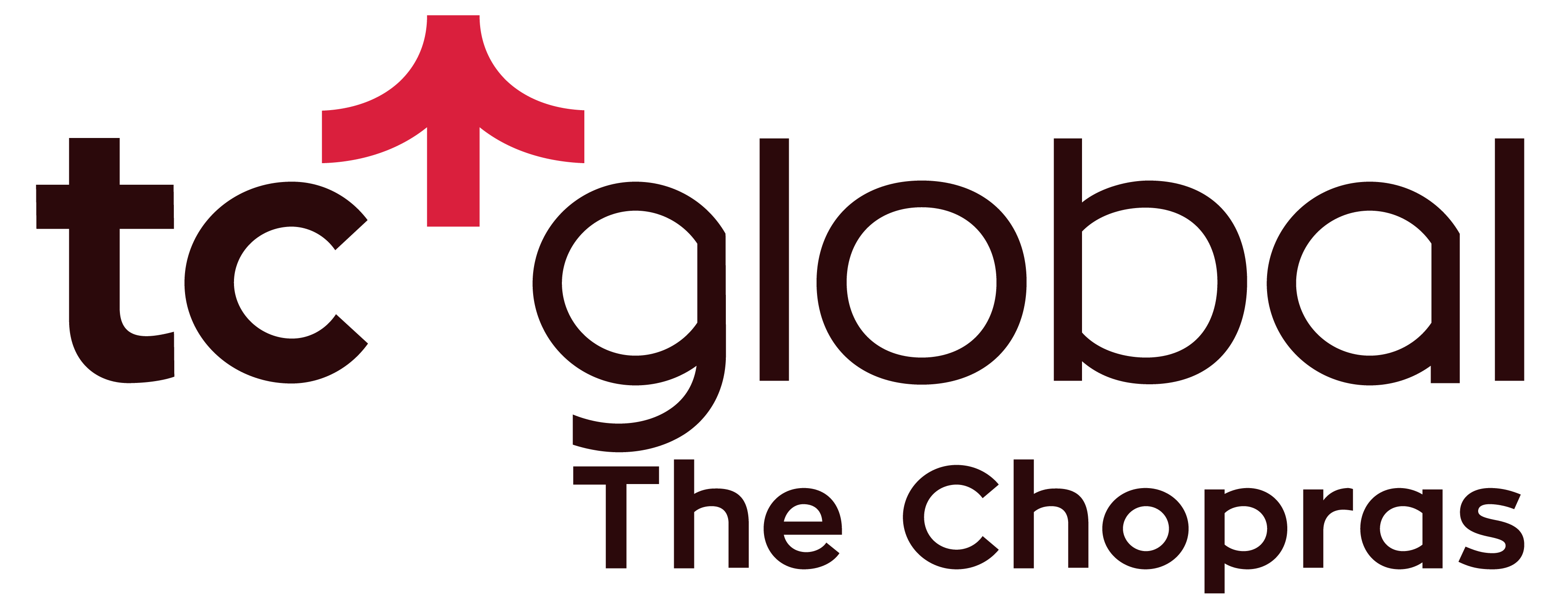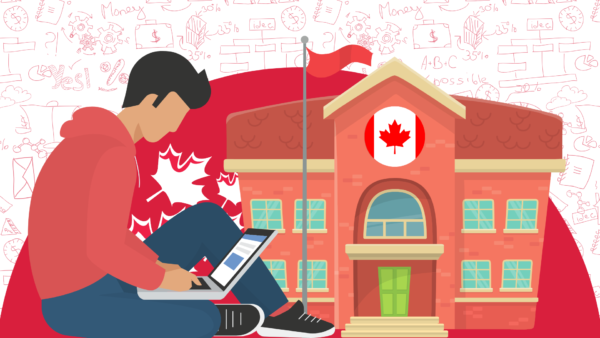Work has assumed a new meaning in the post-corona world. Going-to-work, for millions across the world, now means walking from their beds to their desks at home (via a detour to the coffee machine). All you need is an internet connection and a place to sit – the tech tools take care of the rest.
This is now, while the world is still in partial lockdown and the virus still rages. What, however, will be the reality when this blows over (whenever that is)? Will people return to physical workplaces, or will remote become an accepted form of work?
It won’t have to be either, or. The future of work will be a combination of the two – it’s going to be a hybrid model of work, where people will go in to work sometimes and at other times they’ll put on a Zoom shirt and log in from home. It’s going to be a ‘phydigital’ world – a combination of physical and digital.
According to a survey conducted amongst US workers in May, 55% said that they would like a mix of home and office working. In the UK, organizations expect that the population of those working from home is likely to go up from 18% pre-pandemic, to 37% post-pandemic.
As of now, companies are following all kinds of models. Some of the biggest organizations in the world, including Google, Facebook, and Twitter, have put in measures to let people work from home until 2021. Then there are others who are taking to the staggered model – where people come in on specific days, on a rotational basis. And then there are those who have given their people the choice to work in the manner they want to.
How this will evolve, time will tell. Here’s a look at what the industry leaders are saying and what the potential challenges would be.













